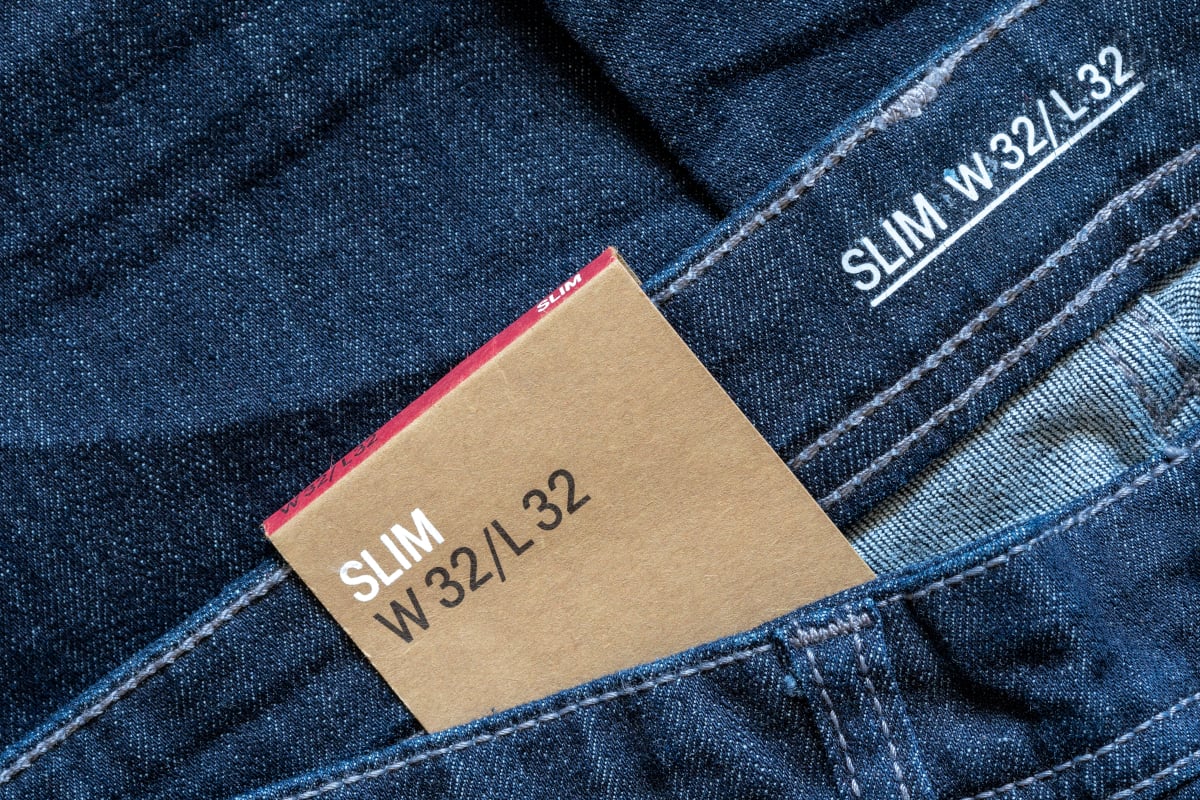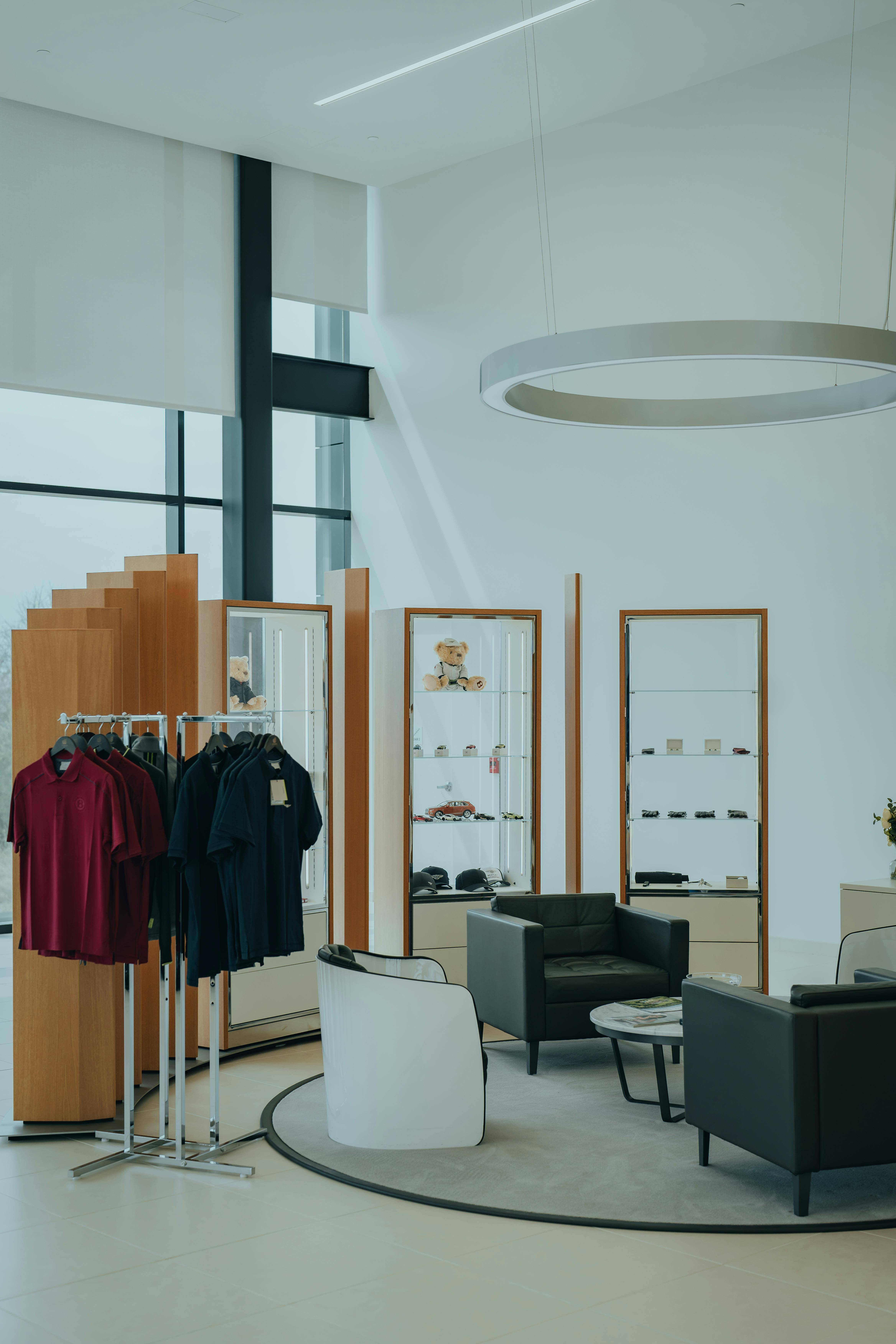Use returns data to optimize web content and reduce returns while increasing net revenue.
Yes, a website with fast loading times and intuitive navigation helps facilitate a smooth buying experience. But what about the content on your site? We’re talking about the items that show and tell customers about your products. If that content is inadequate (or worse, inaccurate), customers are more likely to return those products
While there are acceptable returns and while not every return signals a customer had a poor experience, more returns equals less net revenue. Fortunately, following a few content best practices can improve the customer experience and reduce returns, all while protecting net revenue.
Some of these are pretty obvious, but that doesn’t mean they’re optional. Plus, slight improvements in these areas can promote brand trust, help shoppers make buying decisions, improve traffic, and more.
Read on and discover four web content best practices that reduce return rates and protect net revenue.
1. Increase Sales and Reduce Returns with Multiple High-Quality Product Images
When shoppers are browsing a website, it’s likely that the product image is what they’ll react to first. Being able to examine product images lets them scroll quickly through a large number of SKUs to find a product with their desired features.
Once they see a product that aligns with their needs, they’ll click through to the actual product page, possibly read additional details and/or reviews, and then they’ll purchase the item and NEVER return it. Right? In the best-case scenario… sure.
But what about when product images are lacking? What if the image resolution is poor? What if there is only one product image for each SKU? What if the image color does not accurately reflect the product? Not only can these issues deter initial sales, but they can also lead to returns since shoppers aren’t able to get a good visual representation of the product.
Particularly for garments and footwear, high-quality images are vital. They help shoppers understand the style, color, features, and even size and fit. For example, shopping for a “mid-length black dress” may generate a large number of SKUs. The right images will help shoppers find one that suits their needs, and having multiple images showing the product from different angles can help customers make that decision.
SKUs that are available in multiple sizes and colors can benefit from having an image that shows each of those variations. These additional images can have a positive impact on bracketing. It’s also a good idea to include images showing apparel items as a full ensemble with complementary products. Not only does this help customers understand how to wear the item, but it’s a good way to cross-sell.
2. Clarify Product Features and Improve SEO with Detailed Descriptions
While you can definitely make the argument that product images are the first thing a shopper notices, that really depends on how they’re shopping.
If they’re just browsing a website without a product in mind, then images are going to be what sparks that initial interest. However, if they use a search function to look for particular products, search engines will use descriptions and titles to recommend SKUs. Descriptions that aren’t SEO optimized can lead to products never being presented to these motivated shoppers.
|
Product descriptions can also verify features seen in images and provide additional information that may not be possible to convey visually. For example, while the color of a product may look violet in the image, in real life, it may appear more indigo. Additionally, a lack of information about material quality and stretch can have a big impact on the way a garment fits.
Including specific features like these in the description not only helps avoid poor customer experiences but also helps customers find the right product and reduces the likelihood of a return.
3. Product Detail Pages Must Include Detailed and Accurate Size Guides
According to Statista, by September of 2023, clothing made up 25% of all online returns in the U.S., making it the most heavily returned category (shoes came in third place with 18%). This one isn’t a mystery. Customers want garments and footwear to fit properly, and they’ll likely return products if they don’t meet those expectations.
Considering that sizing issues are one of the biggest product return reasons, it’s safe to say that providing a detailed sizing chart is not optional for garment, footwear, or even jewelry retailers. Some retailers have even found that customers who view a size guide are three to five times more likely to make a purchase compared to ones who don’t. Shockingly, there are still some retailers that don’t provide any sort of size guide or chart on their product detail pages whatsoever.
First and foremost, robust sizing information helps customers find the products with their desired fit. This will naturally reduce size-related bracketing behaviors and size-related returns in general. It can also encourage purchases from shoppers who may have otherwise abandoned their cart over sizing confusion.
Here are a few things to keep in mind when developing size guides for products:
- The size chart on each product detail page MUST be easy to find.
- Don’t solely rely on a universal size guide. These are often general and lack specificity.
- If a brand regularly runs large or small, include a brand-specific sizing chart.
- International retailers should include size guides specific to the country they’re selling in.
- Retailers that sell more than one brand should provide brand-specific charts.
- Provide sizing clarity on unisex items.
- Ensure size conversions are accurate and simple to understand.
- Inform consumers when a product feature will impact size and/or fit.

4. Include Customer Reviews to Promote Trust, Grow Sales, and Reduce Return Rates
Whether ratings, testimonials, or even videos, customer reviews can be an incredibly powerful tool. This type of social proof promotes consumer trust, which can lead to more sales.
A 2017 survey even found that “as products begin displaying reviews, conversion rates escalate rapidly. The purchase likelihood for a product with five reviews is 270% greater than the purchase likelihood of a product with no reviews.” Considering how social media has only increased the speed with which consumers share product experiences, these numbers are likely much higher today.
In addition, reviews often include important product features that are relevant to specific customer groups. For example, a review might explain how a specific athletic shoe was great for everyday wear, but not for jogging. A customer may explain that the waist on a pair of jeans fit perfectly, but the length was too short due to their 5’9” height. In particular, reviews that address fit can have a significant impact on reducing return rates.
Even a negative review can establish credibility and provide useful product information. A shopper may find the pair of jeans in our previous example to be the perfect size since they’re a few inches shorter than the other customer. Additionally, a lack of negative reviews can cause skepticism and make a customer question a site’s authenticity.
Optimize Website Content with Returnalyze
While a comprehensive audit of your web content is a great way to uncover issues, it can also be expensive and time-consuming. Fortunately, returns analytics can reveal specific content issues that may be leading to high returns and reduced net revenue.
The granular data from returns analytics can help businesses understand product return reasons, return rates, customer behaviors, and it can be used to develop targeted solutions that make optimizing your web content faster and less expensive.
Plus, we’ll do all the heavy lifting for you. In addition to the increased data visibility you’ll get with the Returnalyze Intelligent Dashboard, you’ll also be partnered with our data experts to help you understand and leverage the information from your returns transactions.
Ready to reduce return rates and increase net revenue? Schedule a demo or contact our team today.



